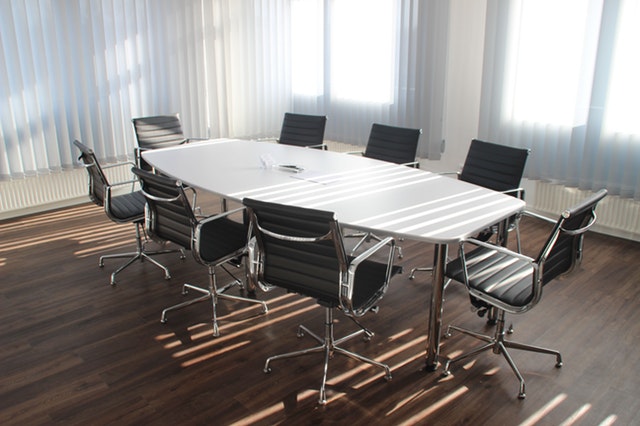We’re all trying to save time and get more done each day and yet we seem to share a common problem – too many meetings.
We hear it all the time. “How can I get any work done? I’m in meetings all day!”
And as if the loss of time wasn’t problematic enough, a lot of those meetings simply aren’t productive.
While it’s true we can’t simply cut out meetings altogether, if you find your meetings are lacking a certain…something, here are six ways you can improve the overall quality of meetings and boost your own productivity in return.
- Book shorter meetings
You know how work expands to fill the time allotted? Well, the same principle applies to meetings. While longer strategy sessions are needed for some projects, shorter meetings with fewer agenda items are more effective. We use “Power Half Hours” at Clear Concept, when possible, to work through several topics. When booking your next meeting, ask yourself if you can accomplish what needs to be done in 25, 45 or 50 minutes. (That’s right. There’s no rule meetings have to be 60 minutes!) Booking time slots like 25 or 45 minutes, rather than 30 or 60 minutes, also allows for key transition time between meetings. Meetings often start late because people simply don’t have enough time to go from one meeting to the next. (This is true whether in person or working from home). When longer meetings are required, be sure to build in time for breaks. We all max out on our ability to focus after 90 minutes.
- Request a meeting agenda (or set an agenda when you are booking the meeting)
This way you can make sure the meeting purpose justifies your contribution. If the meeting is not related to one of your top priorities and your attendance is not mandatory, decline. Is there a colleague who can sufficiently represent your input? If so, there is no need for both of you to attend. If you do opt to attend for part of a meeting, choose to attend the last part otherwise you may be tempted to stick around after you’ve made your contribution. And of course, the key purpose of an agenda is to keep the discussion on track. I see many ambitious meeting agendas with far too many items listed. When a meeting tries to tackle too much, the temptation is to delay the next meeting to allow everyone to get the work done. This stalls progress and leads to redundant recaps at the next meeting. Think of your meeting agenda like your daily plan. Sure, you can add 10-15 items each day, but it’s much more effective to set yourself up for success by prioritizing the three to five items you need to get done, checking those items off and patting yourself on the back.
- Focus the discussion on decision-making – less on general updates
Allow select representatives to make decisions for the group. We don’t always need to poll everyone for consensus. However, there is no need to eliminate the social banter. Personal connections are important for high-performance teams. And in these days of working remotely, this type of connection is even more essential.
- Use standing “office hours”
This type of recurring appointment helps everyone stay in touch and provides a regular time slot for catching up on items that may not warrant a standalone meeting but do need to be addressed. This strategy also gives team members a chance to connect at regularly scheduled intervals and engage with other colleagues they may not otherwise have an opportunity to meet with — and it reduces email overload. What may have been four or five emails can be resolved in a five-minute chat.
- Embrace walking meetings
Nilofer Merchant’s Ted Talk inspired me to embrace walking meetings and these are a great way to head outdoors for 1:1 meetings or phone calls. The fresh air helps boost creativity and problem-solving. You’re also more likely to spend a few more minutes getting to know your colleagues and improving those important personal connections (while observing social distance, as needed). If you need to take notes, take a tablet or notepad, or dictate reminders into your cellphone.
- Pay yourself first
We saved the best for last because we recognize this one is a challenge for many. But when you are booking meetings, pay yourself first by keeping your mornings blocked for your protected focus time, so you have already accomplished what needs to be done before those afternoon meetings get under way. Ideally, mornings should be reserved for your most essential work when you are at your peak energy level.
On the technical side, and particularly for remote meetings, we recommend you counter “video call fatigue” and avoid multi-tasking by:
- minimizing email
- turning off all alerts
- optimizing your audio with a headset, and where possible,
- trying to alternate audio calls with video calls
Remember, our primary goal is always to streamline and focus on our top priorities. When we are crystal clear about our priorities, in meetings and outside of meetings, we make more progress on our essential work and we achieve our best results.
We hope this list helps inspire you to make your meetings great (again!)








Leave A Comment